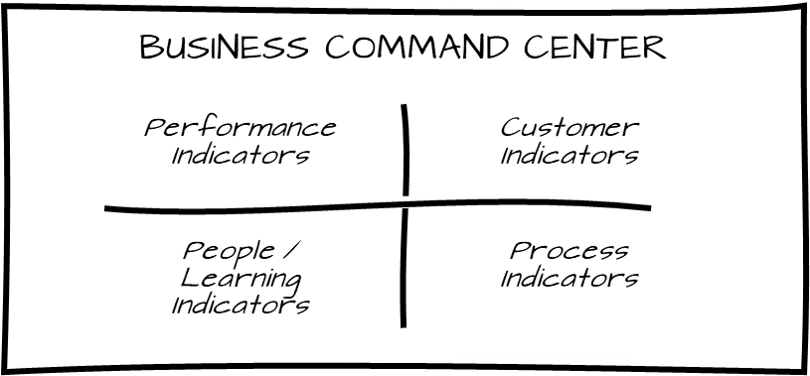Don’t over-focus on lagging indicators
Before we dive in let’s get on the same page with a quick definition:
•Lagging metrics track performance that has already happened (e.g., revenue)
•Leading metrics help to predict future performance (e.g., employee training)
When it comes to planning, it’s easy to focus on lagging metrics. These metrics are more intuitive in terms of how they measure performance, and their linkage to rewards and compensation makes it easy for executives to fixate on them.
But solely focusing on lagging metrics doesn’t tell the full story.
To illustrate this point, imagine your business is a race car. What would you want to measure to help you win the race?
The obvious lagging metric that everybody will point to is your position in the race. But what if that’s all they cared about?
Of course your position is important, and your current position is certainly the best indicator of your future position, but there are plenty of other key indicators that are crucial to your success.
How much gas is in the tank? How many laps have you done with those same tires? What’s the temperature of the engine?
Even if you know nothing about racing – which I most certainly do not – you can intuit that these are likely measures that you want to keep an eye on. These measures may not directly translate into your position in the race, but the fundamentals they track are make-or-break if you aspire to place first.
A business is no different. Your revenue, profit, or market share are of course important lagging performance indicators that track the ultimate objective of an organization.
However, there are plenty of leading indicators that if left unmeasured will impact your ability to hit your objective in the short and long-term.
Next time you’re doing a planning or scorecarding exercise, ask yourself “what would the gas tank, tire life, and engine temperature be for my organization?”
Taking the time to understand and measure these leading indicators could be what prevents your team from running out of gas before the finish line.
Do organizations in your network track metrics like Command Center Doug? Share this post with them!



















